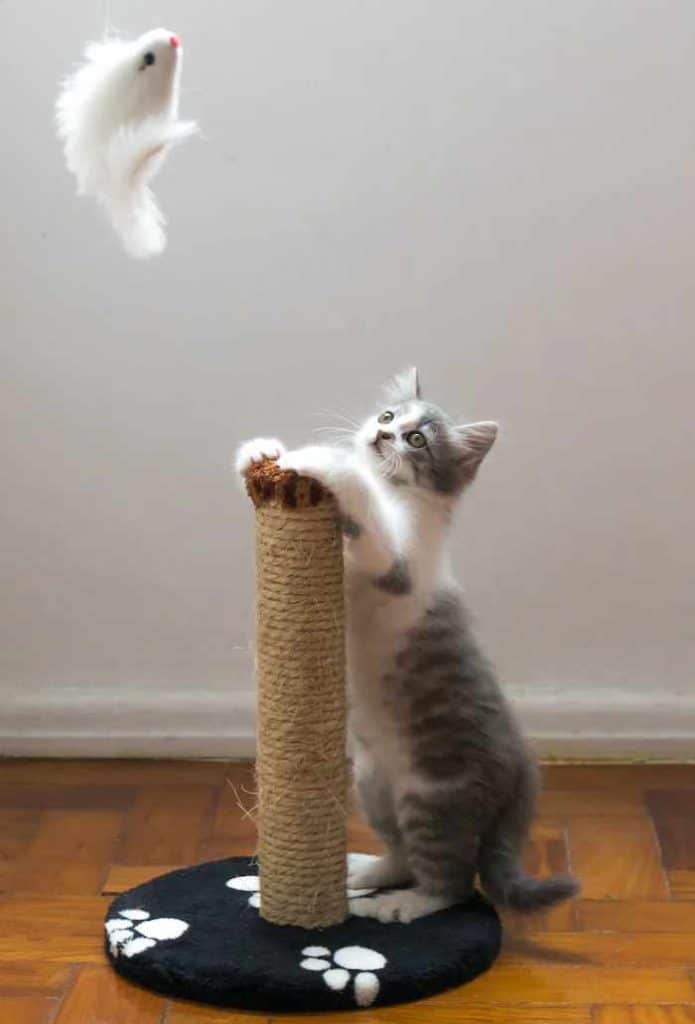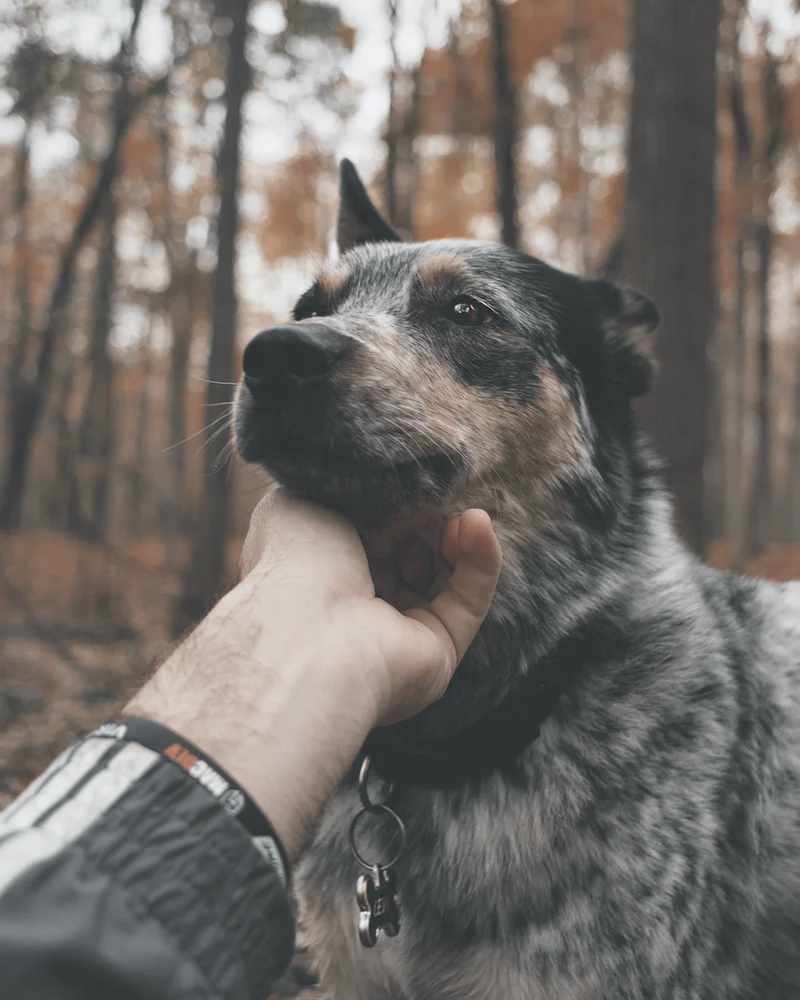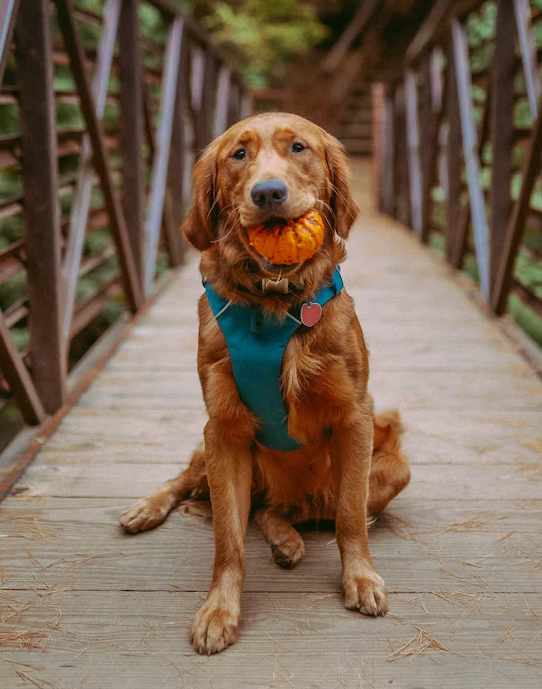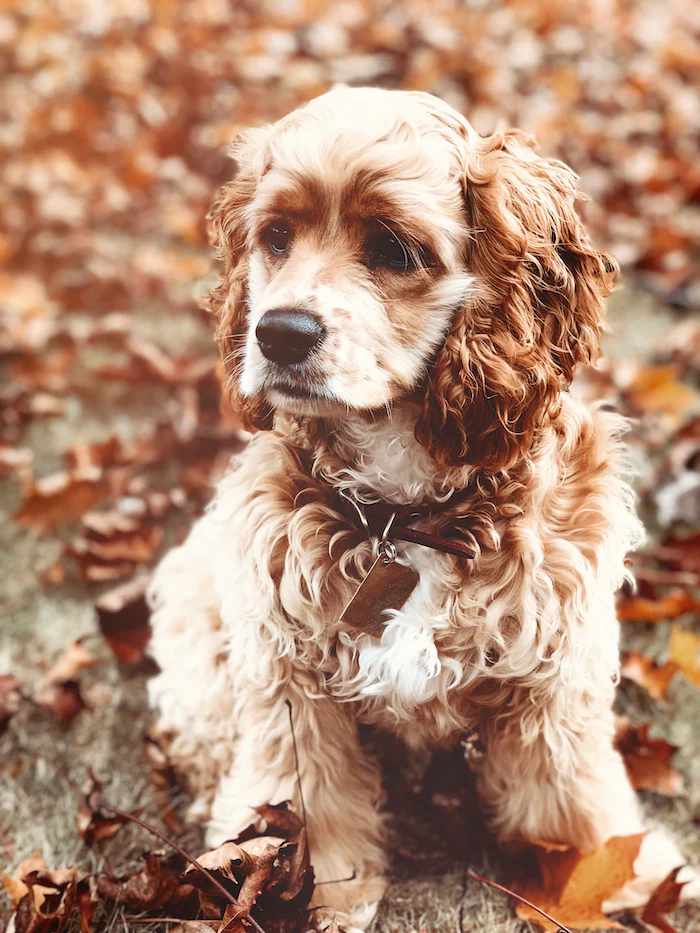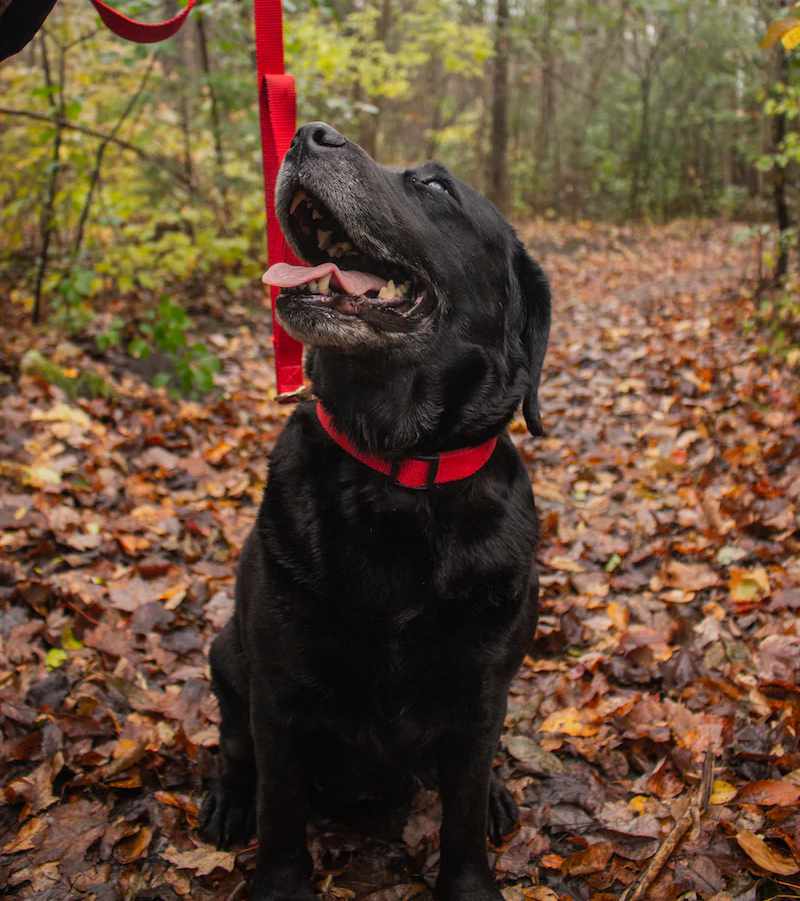
November has arrived, and with it, so has the rain. As we cosy up inside with a warm cup of tea, our feline friends might be equally content, firmly settled indoors, avoiding the cold rain outside. But have you ever wondered why cats have such an aversion to getting wet? At Country Boarding for Cats and Dogs we have highlighted four reasons why our furry felines stay dry during November showers. Enjoy!
1. Fur Maintenance
Cats are known for their meticulous grooming routines, which are vital for maintaining their fur’s insulating properties. When rain-soaked, their fur loses its fluffiness and insulating capacity, leaving them feeling cold and uncomfortable. Who wants to be caught in a wet fur coat?
2. Control
Cats enjoy routine and are all about control. Getting wet disrupts their carefully crafted daily schedules. It makes their environment unpredictable and slippery. So, many cats would rather observe the rain from the comfort of a dry windowsill than risk losing control in the wet outdoors.
3. The Damp Dilemma
As a cat owner, you might have experienced the occasional mishap of accidentally knocking over their water bowl, only to find yourself stepping into a puddle with your socks on. Cats would rather avoid that sensation altogether! The wet ground and soggy paw pads create uncomfortable sensations for our feline friends. Staying dry is a surefire way to keep their paws happy and comfortable.
4. Scent of Aversion
Cats are territorial creatures, and their scent-marking is a big part of that. When they get wet, their own scent can wash away, making them feel vulnerable and potentially disoriented. Avoiding water ensures they maintain their distinct scent profile and remain in control of their territory.
Lastly…
We hope you found our article helpful. In November, while we observe raindrops racing down our windows, let us try to understand our cats’ dislike for getting wet. Whether curled up on the sofa or finding a warm spot by the fireplace, our cats know how to make the most of a wet November. Though November showers may come and go, the bond we share with our cats remains as comforting and unchanging as their love for staying dry. If you are interested in booking your cat into our luxury cattery in Hertfordshire, please contact us today on 01462 742658. We look forward to seeing you!



